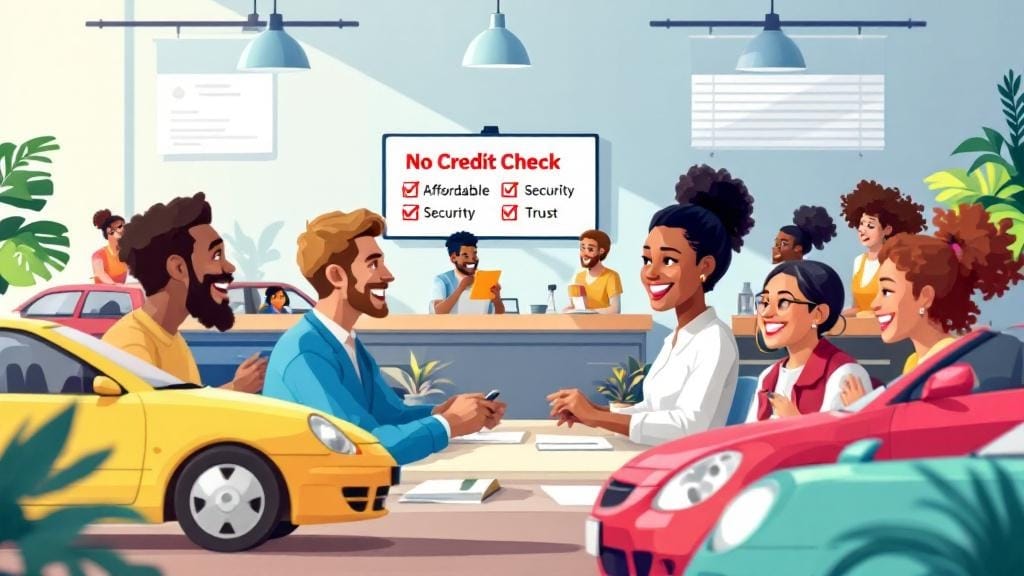Struggling with overwhelming debt is not just a financial burden—it can also take a toll on your emotional well-being. Whether it’s credit card bills piling up, personal loans, or unexpected medical expenses, you’re not alone. The good news? Debt repayment help is available, and the right plan can put you back in control of your finances.
In this guide, we’ll break down how to set up a debt repayment plan that works for you, using expert advice, proven strategies, and real-life examples. From budget planning to negotiating with creditors, let’s explore the most effective steps toward becoming debt-free.
Why Getting Debt Repayment Help Matters
When you’re drowning in debt, making only the minimum payments won’t get you very far. Interest builds up, penalties kick in, and before you know it, you’re in deeper trouble. Seeking debt repayment assistance is often the smartest move you can make.
Common Types of Debt People Need Help With:
Credit card debt
Personal loans
Medical bills
Student loans
Unsecured debts
Whether you’re looking for credit card debt repayment help or loan repayment assistance, a structured plan can make a huge difference.
Step 1: Assess Your Current Financial Situation
Before you can fix the problem, you need to understand it.
Create a Snapshot of Your Debt:
List all debts: Include credit cards, loans, and any outstanding balances.
Note the interest rate for each.
Write down monthly payments and due dates.
This step alone helps you gain clarity. Many people realize they’re spending far more on debt than they thought. It’s a key moment in your financial recovery.
Step 2: Build a Monthly Budget That Works
One of the most powerful tools in debt management is a realistic budget.
How to Start Budget Planning:
Track all income and expenses for at least one month.
Identify areas to cut back, like dining out or subscriptions.
Allocate extra funds toward debt.
Tools like budgeting apps or spreadsheets make this easier. Even a simple notebook works if you’re consistent.
Real-Life Example: Raj, a freelance graphic designer from Mumbai, reduced his food delivery expenses by ₹5,000 per month. That extra money now goes toward paying off a high-interest credit card.
Step 3: Choose a Debt Repayment Strategy
There’s no one-size-fits-all approach. Depending on your situation, you can pick a method that fits your mindset and budget.
✅ Debt Snowball Method
Start with your smallest debt first, pay it off quickly, then move to the next.
Great for motivation.
You see quick wins.
✅ Debt Avalanche Strategy
Start with the highest interest rate debt first.
Saves the most money in the long run.
Ideal for disciplined budgeters.
✅ Debt Consolidation Loan
Combine all your debts into a single, lower-interest loan.
Simplifies monthly payments.
Works best if you have decent credit.
Step 4: Explore Professional Debt Help Services
Sometimes, going it alone just isn’t enough. Professional debt help services offer expert guidance and resources.
Common Services That Can Help:
Credit counseling
Debt consolidation programs
Debt management help
Interest rate reduction plans
Collection agency negotiation
Many agencies offer free initial consultations. Look for licensed and nonprofit services for trustworthy help.
Tip: Avoid any agency that charges high upfront fees or promises to erase debt overnight—it’s likely a scam.
Step 5: Talk to Your Creditors
You may be surprised—many creditors are willing to negotiate if you’re upfront about your situation.
You Can Ask For:
Lower interest rates
Temporary payment relief
Waived late fees
Extended repayment timelines
Real-Life Example: Priya contacted her credit card provider and explained her financial hardship. They reduced her interest rate from 28% to 14% and offered a lower monthly payment plan.
Step 6: Consider Debt Repayment Programs
Debt repayment programs are structured plans offered by credit counseling agencies. You make a single monthly payment, and they distribute it to your creditors.
Benefits:
Simplified payments
Lower interest rates
Faster debt clearance
This is a great middle-ground for those who don’t want a debt consolidation loan but need more structure.
Step 7: Know Your Bankruptcy Alternatives
Bankruptcy should always be the last resort. Before going down that road, explore these bankruptcy alternatives:
Debt consolidation loan
Debt management plans
Financial hardship assistance
Collection agency negotiation
These options don’t destroy your credit the way bankruptcy can—and they often work just as well.
FAQs: Debt Repayment Help
1. What is the best way to repay debt quickly?
Using the debt avalanche strategy helps you repay high-interest debts faster, saving money on interest in the long run.
2. Can I get professional help with paying off debt?
Yes. Professional debt help services like credit counseling agencies offer structured debt repayment programs and financial advice.
3. What is a debt consolidation loan, and how does it work?
A debt consolidation loan merges multiple debts into one, often at a lower interest rate. This simplifies payments and can help you save money.
4. Are there government programs for personal debt relief help?
In some regions, yes. In India, for example, financial hardship assistance might be available through NGOs or banking ombudsman channels.
5. How do I deal with collection agencies?
You can negotiate with collection agencies directly or with help from a credit counselor. Always ask for written agreements before making payments.
6. What should I do if I can’t afford minimum payments?
Speak to your lender immediately. You may qualify for loan repayment assistance or temporary forbearance due to financial hardship.
7. Is credit counseling worth it?
Yes. Credit counseling provides personalized help, budgeting tools, and access to debt repayment programs that can reduce stress and speed up debt elimination.
Conclusion: Start Your Journey Toward Financial Freedom
Debt can feel overwhelming, but help is always available. By assessing your finances, choosing the right repayment strategy, and possibly working with professionals, you can take back control. Whether you prefer the debt snowball method, debt consolidation, or professional debt repayment assistance, there’s a plan that fits your life.
Remember, the key is consistency and commitment. Don’t wait for the “perfect time”—start today and give yourself the peace of mind you deserve.








Comments (0)